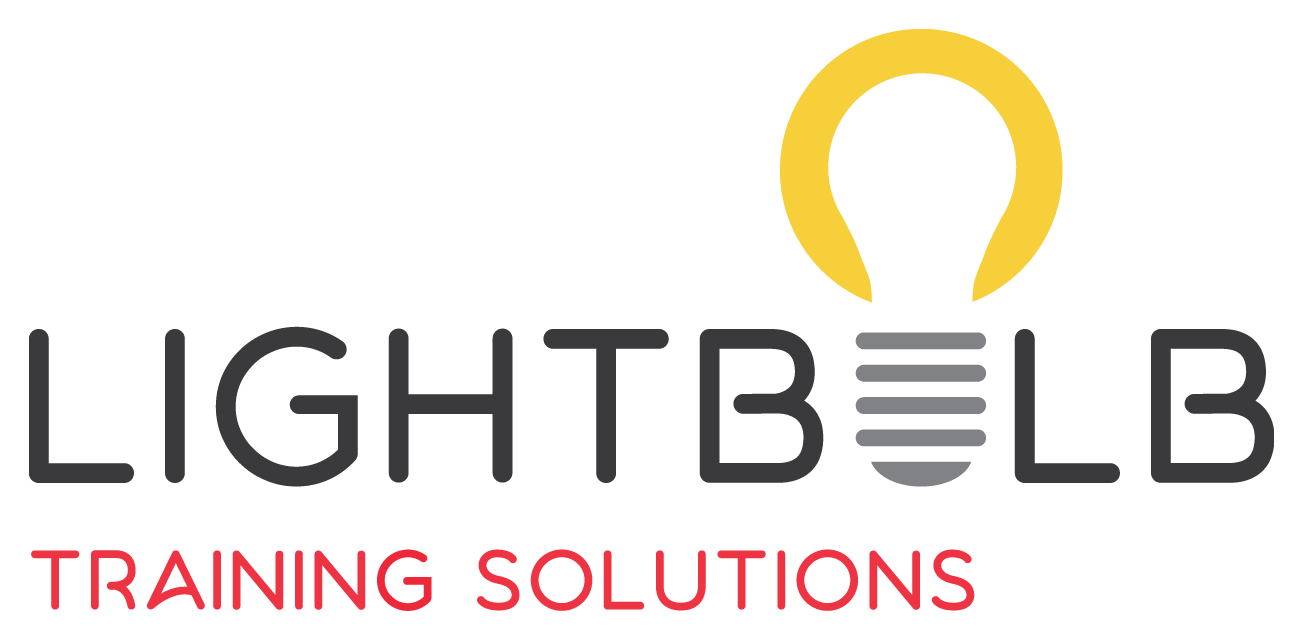3 reasons why saying NO is great customer service
By Cate Schreck - Service Excellence Coach
One of the hardest words to say to a customer can be NO. Early in my career of providing customer service, communicating NO was something I dreaded. I would have preferred to bungee jump naked off the roof of the Geelong library than have to tell a customer NO. I don't do heights, falling isn't high on my list of fun activities and I REALLY like clothes so yes, that's how much I disliked saying NO.
As time (years) went by I gained a lot of experience in saying NO to customers and today, NO is no longer a problem. In fact, saying NO to customers has some very positive side effects. Before you read the 3 positive side effects you first of all need to remember the following:
Body Language - Your Actions speak louder than your words
Tone of Voice - It's not what you say, but how you say it.
The above is essential to remember when saying NO because as Prof Albert Mehrabin (Author of Silent Messages) has helped us understand....
- In a face to face situation, 93% of your customer's perception of how you feel and what your attitude is, will come from your body language and tone of voice.
- When we say NO to a customer over the telephone, 85% of your attitude and how you feel is conveyed via your tone of voice.
So how could saying NO to a customer actually be great customer service? Its an opportunity to add unexpected value.
- If NO is required because you don't have what the customer needs, don't be afraid to offer alternatives that may be outside of what you provide. Customers like to do business with people that are honest and helpful. Do some research and help them find what they want elsewhere. Don't be surprised that from this value add, customers may refer friends and family to you. When we do more, we often get more.
- If NO is required because the customer has unrealistic expectations, be ready with factual reasons why you can't meet their needs. Be assertive not aggressive. Customers who demand what you can't provide may be "testing" to see how far you will go to please them. Add value to the interaction by being honest and showing that you know your products and services well.
- NO usually means that the customer has to adjust their expectations, go elsewhere or miss out. All of those outcomes mean more time and energy is required from the customer. Add value by thinking about their future needs ie: Show them your On-line Store, give your contact details so they can ring or email with questions, add their details to your database for special offers and newsletters, proactively contact them when what they want becomes available. Make it easy for customers to stay or come back.
Of course we can't please every customer all of the time and saying NO can change how a customer behaves. You might see disappointment, hear "salty" language or some customers will do their best to make you feel totally responsible for their inability to get what they want. It's not personal. It's not. If your co-worker had have served that customer instead of you, the response would have been the same.
The customers response to a NO is about the situation - not the person who delivered the message.
Say NO like a Customer Service Professional. Be assertive - not submissive or aggressive.
If assertiveness and communication in a customer service role is something your workplace team would like to master, contact Lightbulb Training Solutions.

